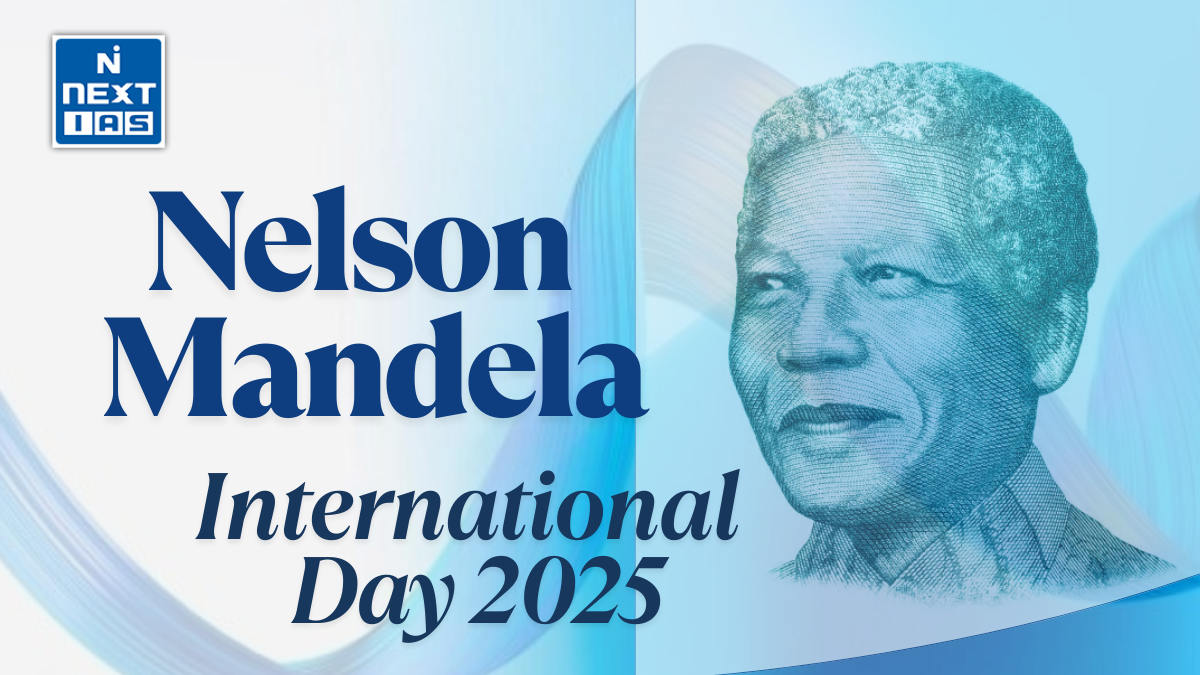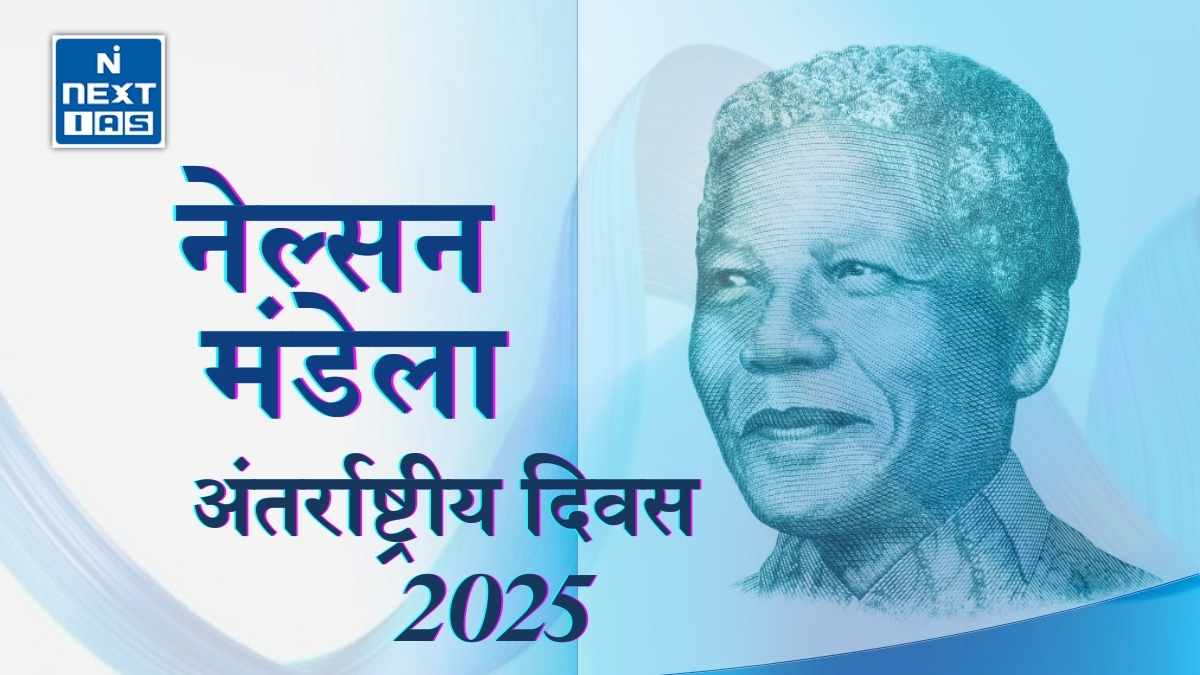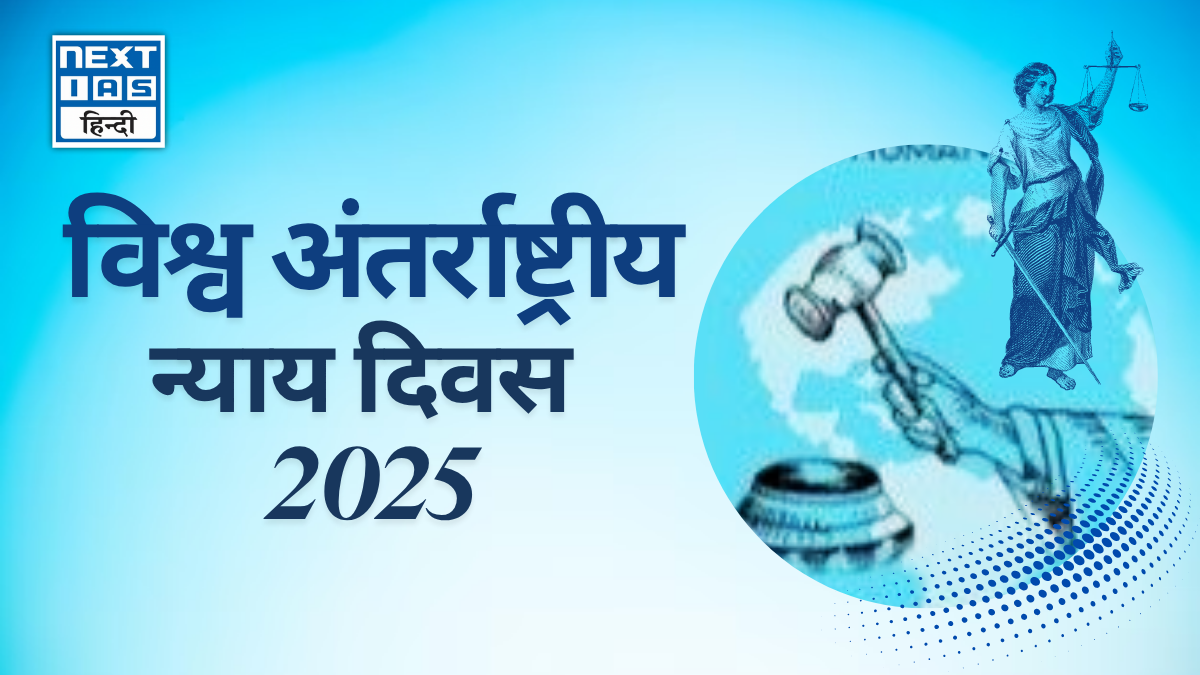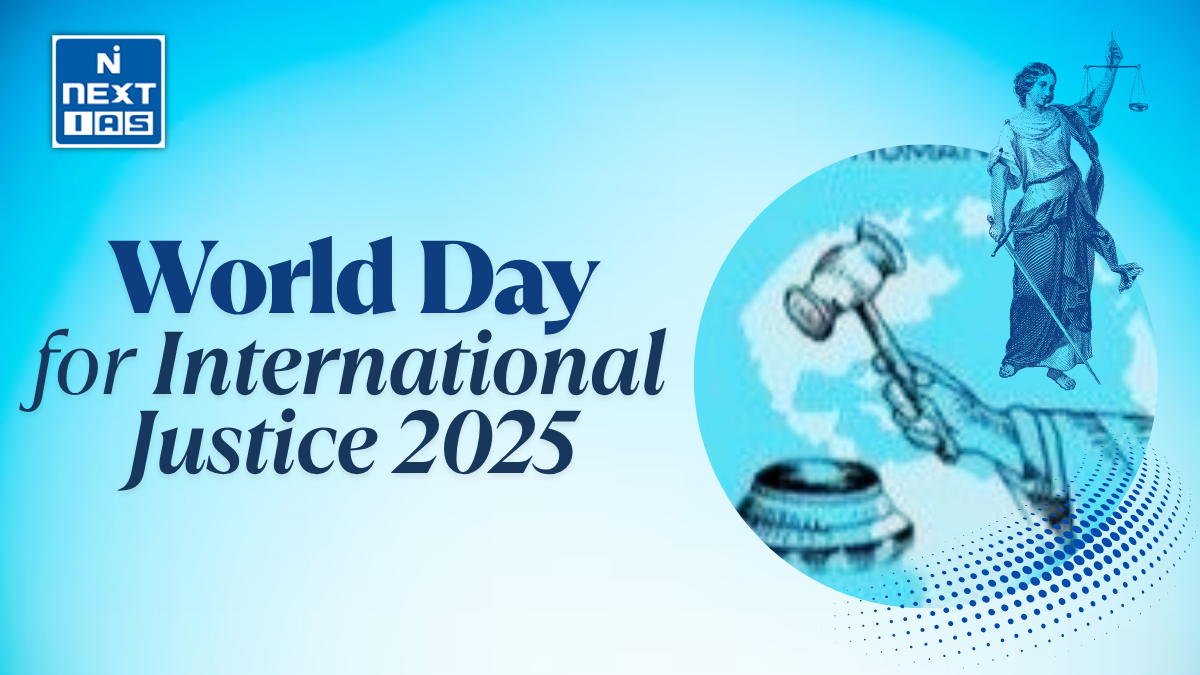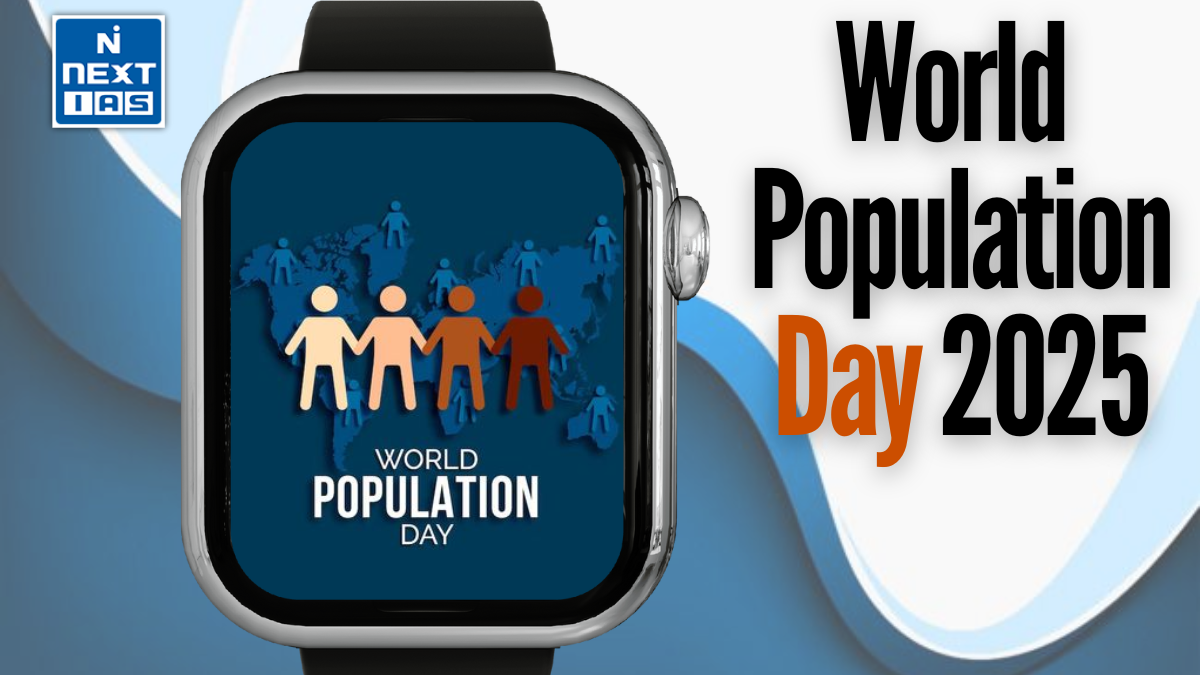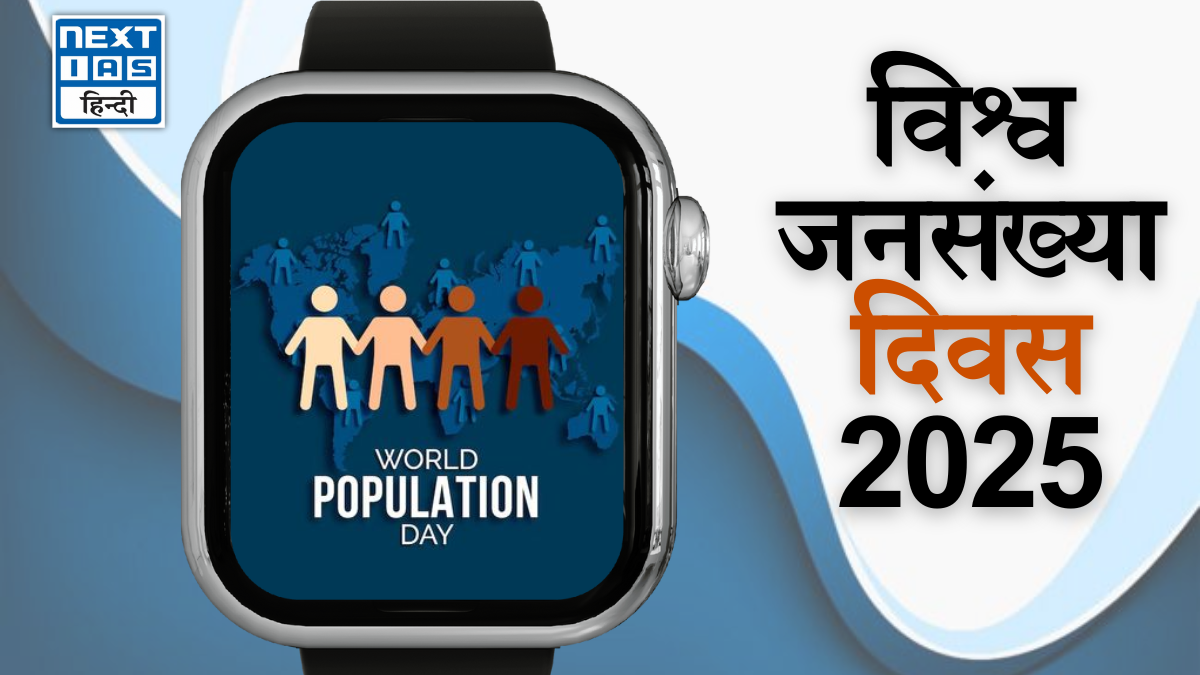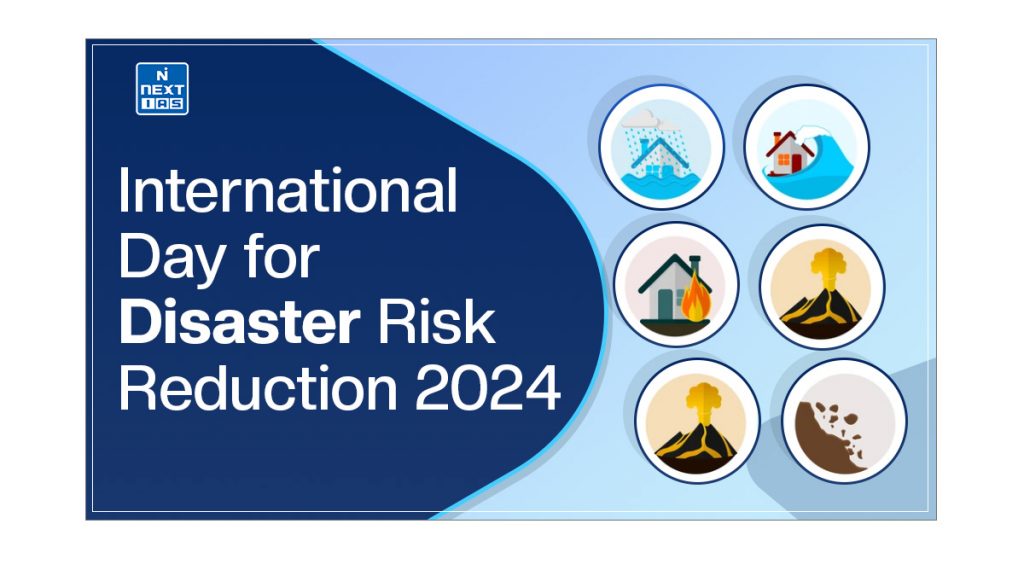
On October 13, the international community celebrates the International Day for Disaster Reduction. This is an opportunity to remind the world that disaster risk is human-induced, while also recognizing progress in efforts to reduce disaster risk and loss of life, livelihoods, and health. This article aims to provide a comprehensive overview of the International Day for Disaster Reduction 2024.
About
- In 1989, The International Day for Disaster Risk Reduction (IDDRR) was established following a call by the United Nations General Assembly as a day to promote a global culture of risk awareness and disaster preparedness.
- Held annually on October 13, this day celebrates how people and communities around the world are reducing their exposure to disasters and raises awareness about the importance of reducing the risks they face.
Theme of the International Day for Disaster Risk Reduction 2024
- The theme is aligned with the upcoming Summit of the Future, planned for September 2024, where ‘youth and future generations’ will be one of its five priorities.
- Increasing disasters, many of them driven and exacerbated by climate change, threaten the well-being of children and youth.
- According to UNICEF, approximately one billion children worldwide are at extremely high risk due to climate impacts, including climate-related disasters.
- In 2022, the number of children affected by flooding in Chad, Gambia, Pakistan and Bangladesh was the highest in over 30 years.
- Beyond the risk of death and injury, children in the aftermath of a disaster face cascading impacts such as disruptions in schooling, nutrition, and healthcare and protection issues.
- To protect children from disasters, countries must consider their vulnerabilities and needs when designing national and local disaster risk reduction strategies.
- It is equally important that children and youth be empowered and provided “the space and modalities to contribute to disaster risk reduction,” as called for in the Sendai Framework for Disaster Risk Reduction 2015-2030.
- To achieve the goal of the Sendai Framework of reducing global disaster risks and losses, the theme of the International Day for Disaster Risk Reduction (IDDRR) 2024 will be on the role of education in protecting and empowering children for a disaster-free future.
Key Messages on International Day for Disaster Risk Reduction
- Poverty, inequality and discrimination are causes and consequences of increasing disaster risk.
- Inequality creates conditions that expose people to disasters and make them vulnerable.
- Disasters also disproportionately affect the poorest and most vulnerable people, exacerbating inequalities. These points need to be considered to reduce vulnerability to disasters
- According to current climate projections, by 2030 the world will face approximately 560 disasters per year. It is estimated that an additional 37.6 million people will live in extreme poverty by 2030 due to the effects of climate change and disasters.
- In the worst-case scenario involving climate change and disasters, an additional 107 million people will be pushed into poverty by 2030.
- Through careful and coordinated planning designed to reduce people’s exposure to and vulnerability to harm, we can limit the destructive power of hazards, or prevent disasters from occurring.
- Greater investment is needed in the collection and use of disaggregated data to better understand the disproportionate impact and vulnerability of disasters and to support planning to build resilience.
#BreakTheCycle
- The cycle of disaster, growing inequality, and repetition needs to be broken.
- By engaging in careful and coordinated planning, we can mitigate the destructive power of hazards and prevent them from escalating into disasters. This planning should focus on reducing people’s exposure and vulnerability to harm.
- It is crucial to expedite the implementation of the Early Warnings for All initiative. Within the next four years, the aim is to provide early warnings to every individual on Earth, with a particular emphasis on the most vulnerable communities.
- There is a pressing need for increased investments in the collection and utilization of disaggregated data. This will allow us to better comprehend the disproportionate impacts and exposure to disasters, as well as guide the development of resilience-building strategies.
Relation between the United Nation General Assembly and the Sendai Framework
What is Sendai Framework?
- The Sendai Framework for Disaster Risk Reduction (2015-2030) is an international document that was adopted and approved by member states of the United Nations at the United Nations World Conference on Disaster Risk Reduction in Sendai, Japan from March 14 to 18, 2015.
- It was also endorsed by the United Nations General Assembly (UNGA). The Sendai Framework is the first major agreement of the post-2015 development agenda and provides Member States with specific actions to safeguard development progress from the threat of disasters.
- This agreement succeeds the Hyogo Framework for Action (2005-2015), which was the most comprehensive international agreement on disaster risk reduction up until that point.

Hyogo Framework for Action (2005–2015)
- The outcome of the 2005 conference was the Hyogo Framework for Action (2005–2015): Building the Resilience of Nations and Communities to Disasters.
- This framework was the first plan to outline the work needed from various sectors and actors in order to decrease the impact of disasters. It was created and agreed upon by numerous partners, including governments, international agencies, and disaster experts, who all came together to establish a coordinated system for reducing disaster risk.
Initiatives of India for DRR after signing Sendai Framework
- India has released its first-ever National Disaster Management Plan, which is based on the Sendai Framework for Disaster Risk Reduction.
- This plan focuses on four key areas outlined in the Sendai Framework:
- understanding disaster risk,
- improving disaster risk governance,
- investing in disaster risk reduction and disaster preparedness,
- early warning systems, and building back better after a disaster.
- The plan takes a regional approach, benefiting both disaster management and development planning.
- It is designed to be implemented in a scalable manner throughout all phases of disaster management.
- Additionally, the plan includes a list of important activities such as early warning systems, information dissemination, search and rescue operations, medical care, transportation, evacuation, and more.
- These activities serve as a helpful checklist for agencies involved in responding to a disaster.
According to the United Nations General Assembly adopted Sendai Framework for Disaster Risk Reduction, it is necessary to tackle current challenges and prepare for future ones in order to decrease the risk of disasters. This can be achieved by placing emphasis on monitoring, evaluating, and comprehending disaster risk, as well as sharing this information. The Sendai Framework highlights the importance of promptly and crucially anticipating, planning for, and mitigating disaster risk in order to effectively deal with disasters.
FAQ
Why is International Day for Disaster Reduction celebrated?
October 13, this day celebrates how people and communities around the world are reducing their exposure to disasters and raises awareness about the importance of reducing the risks they face.
